Støvringgaard Kloster, Randers
Støvringgaard is an old manor house built on medieval castle mounds and surrounded by moats. The oldest known owner was mentioned in 1319. The last private Owner, the Baroness Christine Furien laid down in her will that the manor and its forests and farming were to become a home ...
Read more
Project details
Description:
Støvringgaard is an old manor house built on medieval castle mounds and surrounded by moats. The oldest known owner was mentioned in 1319. The last private Owner, the Baroness Christine Furien laid down in her will that the manor and its forests and farming were to become a home for unmarried ladies of noble rank. In the preparation for the new use of the building extensive building operations were made in the years 1742-47, operation which gave the convent its present appearance. The building problems before restoration concerned the primary construction of the building: outer walls partitions, and the vaults in the cellar. The foundation work included a strengthening of the foundations made of loosely stacked boulders and a ramming down of concrete piles into solid ground. A technically demanding process which was carried out under the extremely heavy walls. Then came the restoration of stonework, tier of beams and anchoring, also windows, joints and facades. In 1985 the restoration of the interior of the convent was begun. After changing the old charter from 1745 the flats of the convent could in future be let to "ordinary people without status and rank", as well married people as single people. The interior and the improvement of the individual flats -all are now furbished with a bath and toilet - have been carried out with great respect for the old settings whose atmosphere is very important for the special feeling and whole life of the place. The restoration included also the yard and castle and is a part of the efforts to ensure the whole, which with the main building, home farm, garden and park as well as forests and farming constitutes the total setting of a manor house.
Similar projects
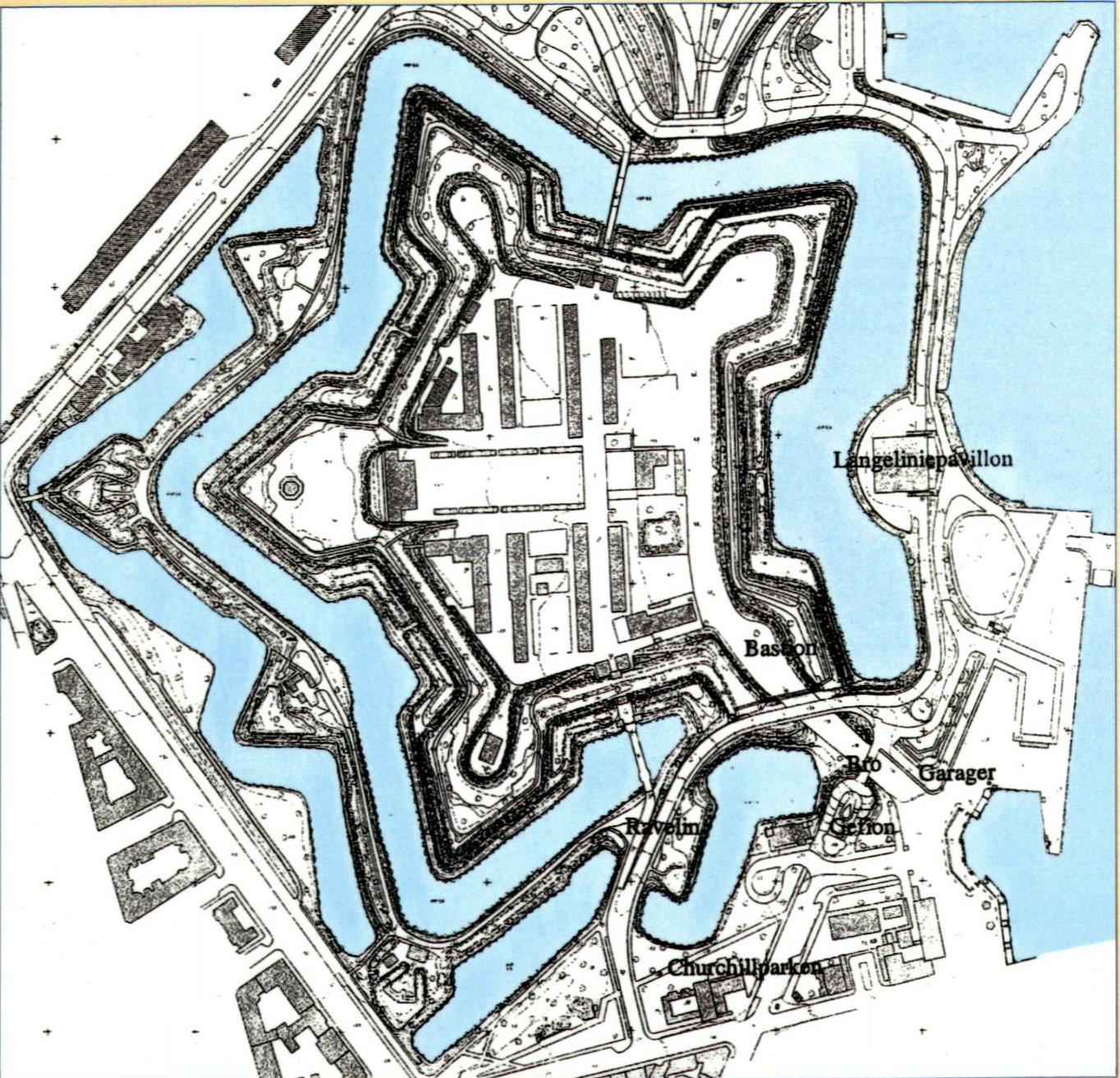
17th century
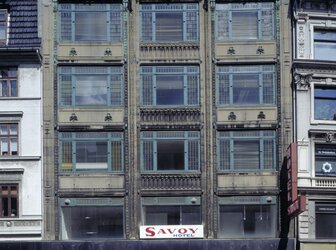
1906
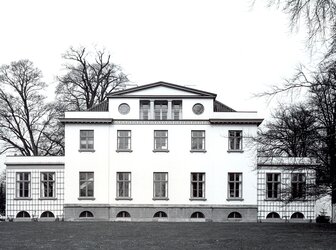
19th century
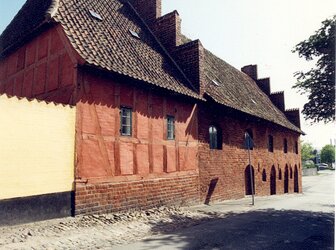
15th century

16th century
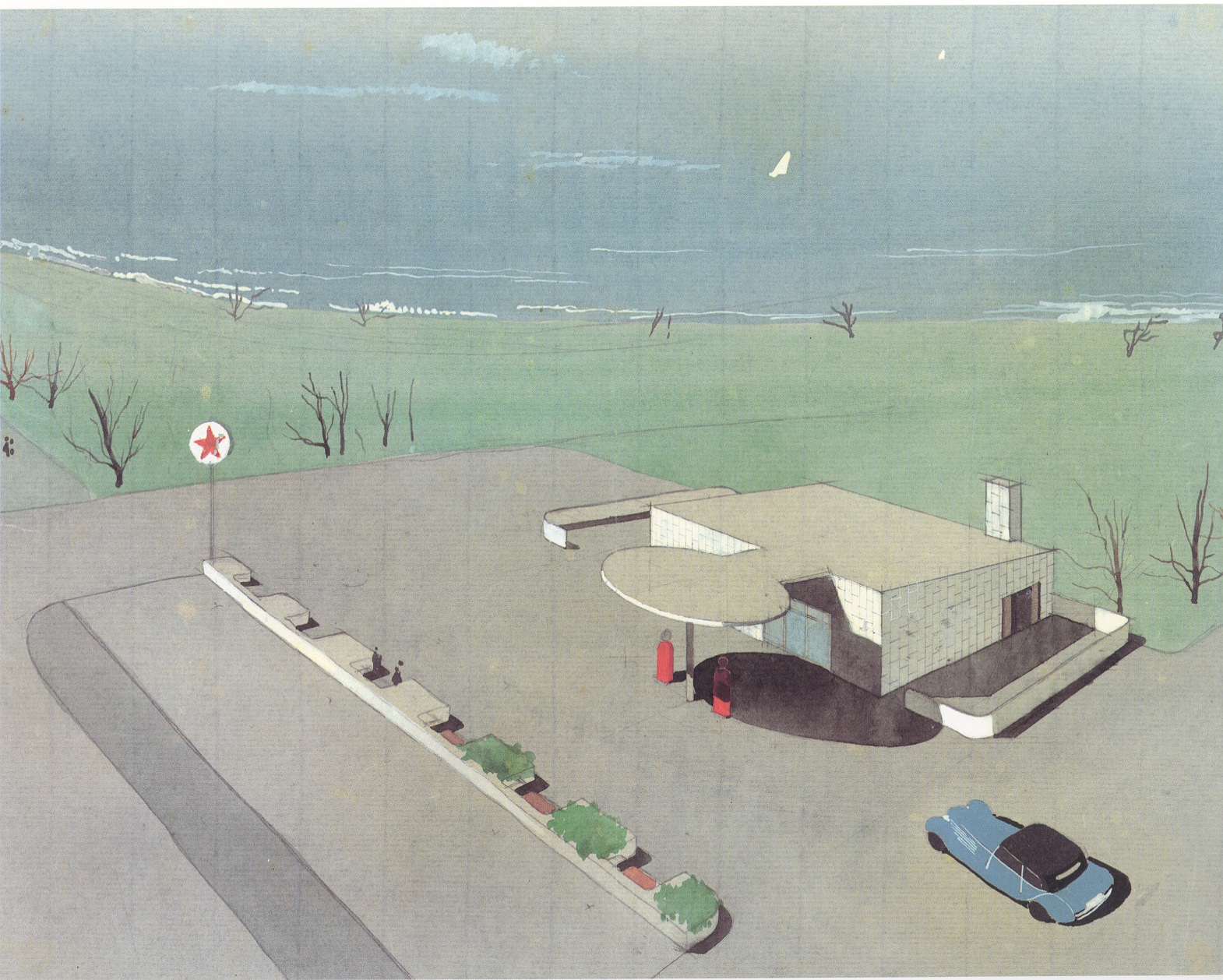
1938
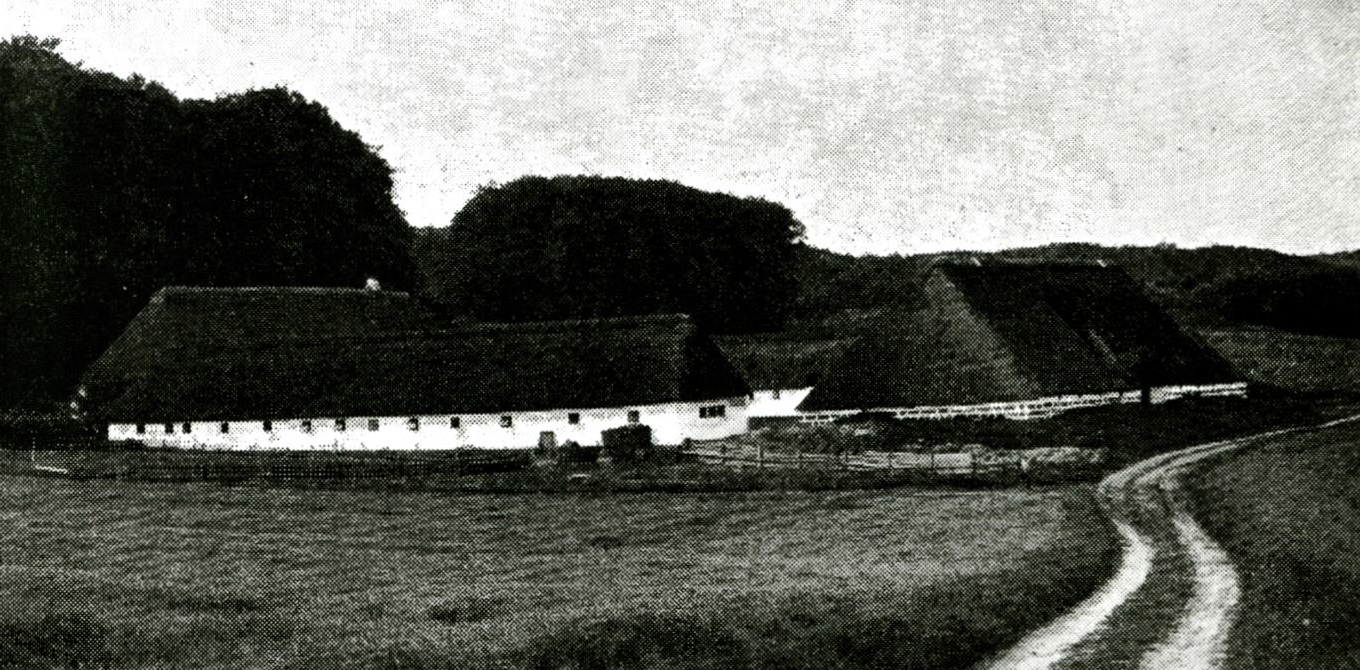
19th century
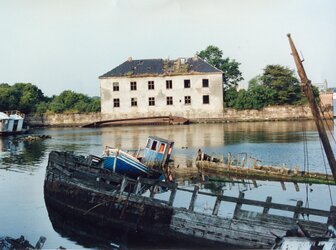
18th century
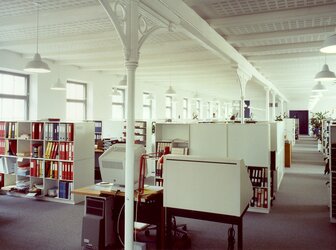
18th-20th century
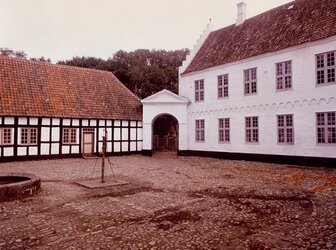
16th century

17th century
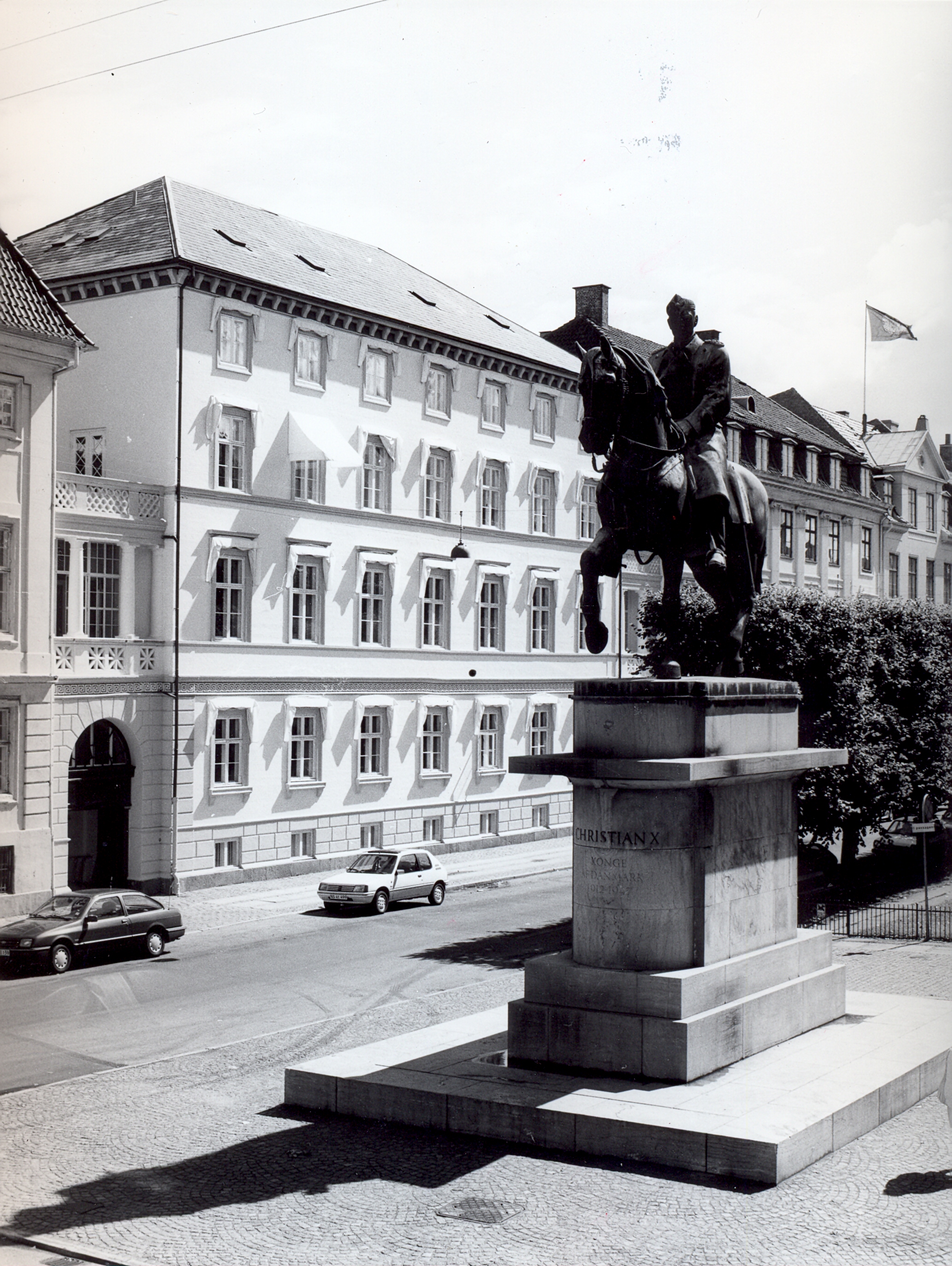
19th century


